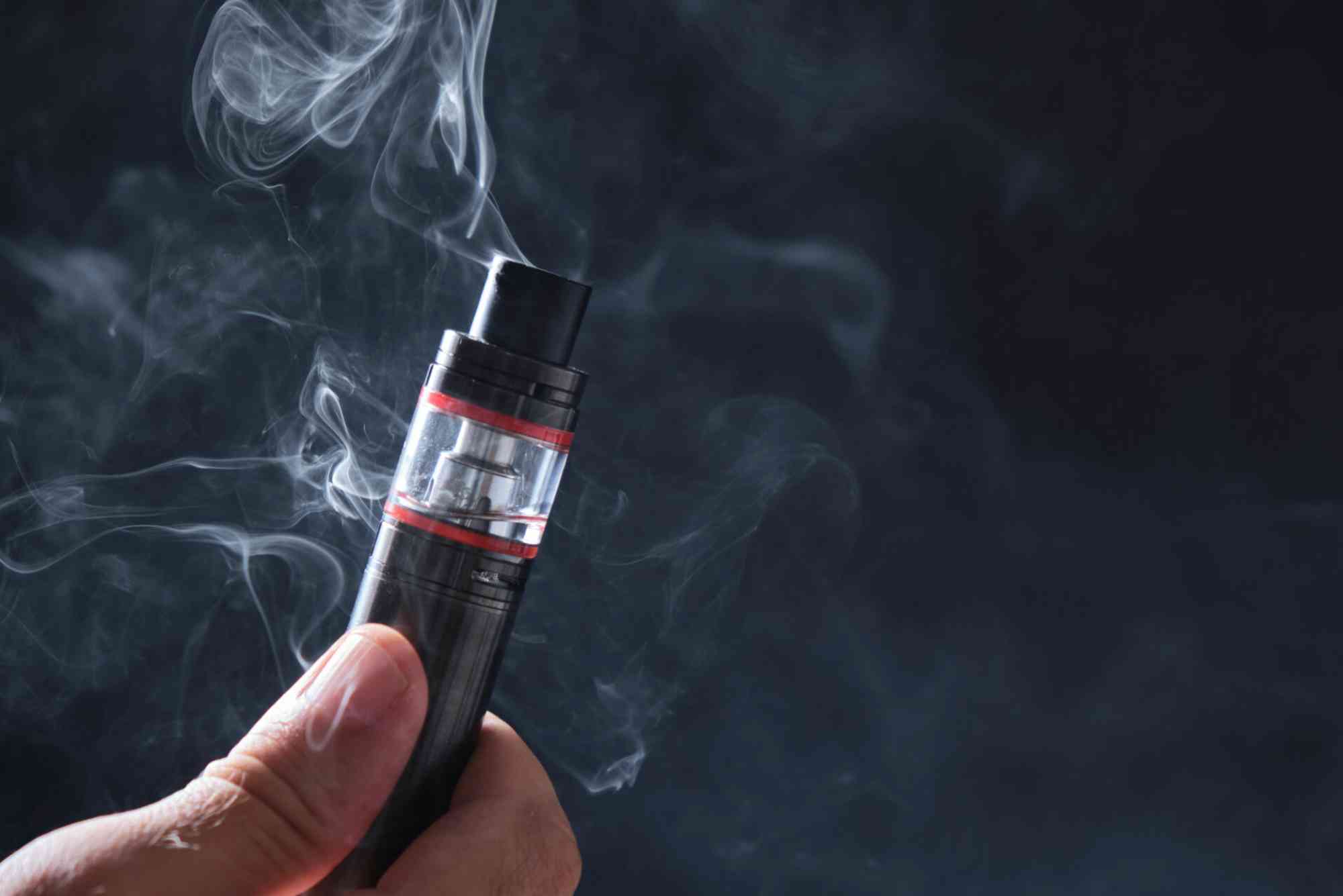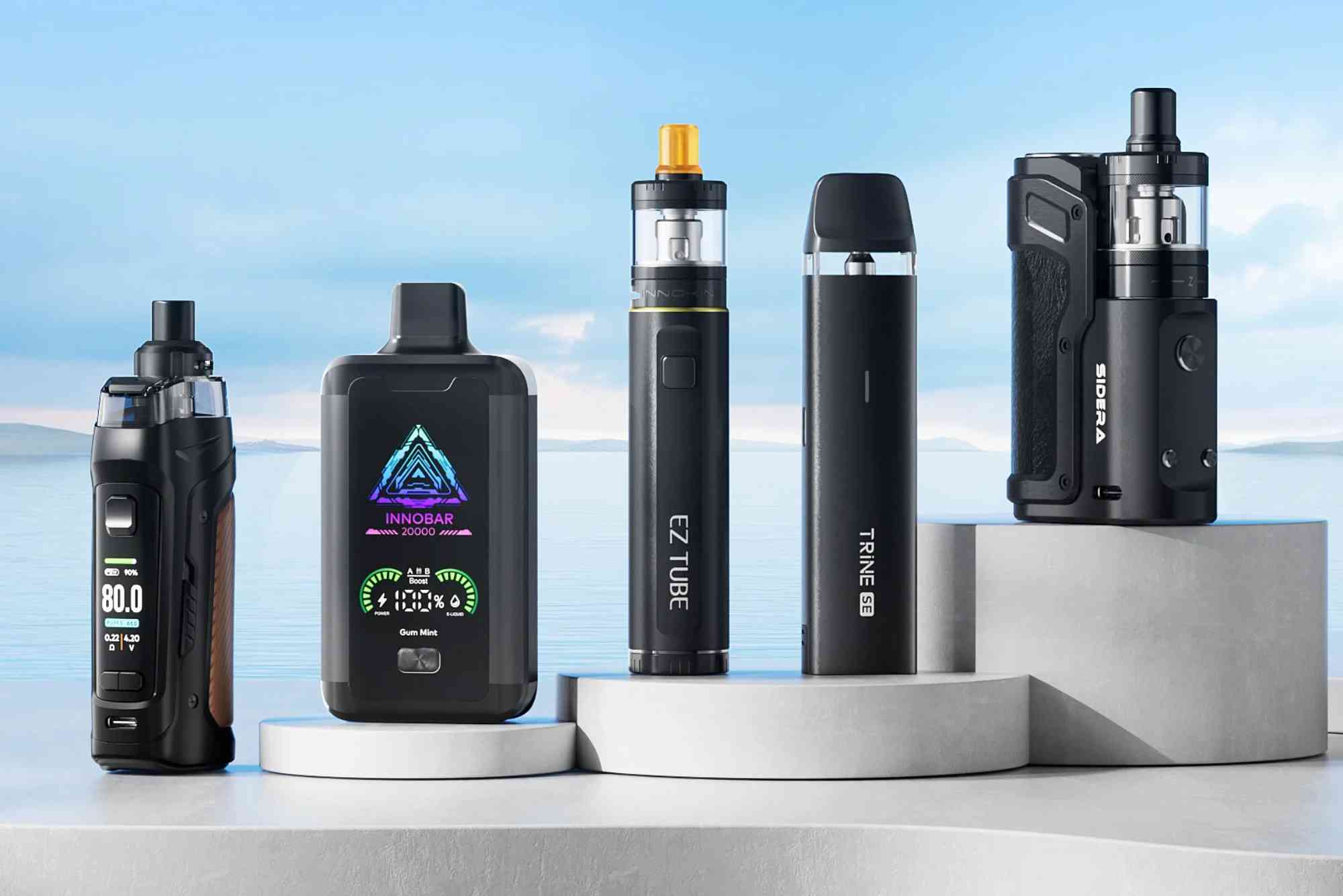Introduction
Vaping has become a global phenomenon, sparking debates about public health, safety, and freedom of choice. One of the most common questions asked by both new and seasoned vapers is: “Can I vape indoors?” The answer depends on where you live, the venue’s policy, and the broader context of tobacco harm reduction. As more people move away from smoking traditional cigarettes, understanding the rules and implications of vaping indoors is vital.
Understanding Indoor Vaping Laws
The rules for vaping indoors vary widely across countries and even within local jurisdictions. Unlike traditional smoking bans, which are nearly universal in public and enclosed spaces, vaping laws are still evolving. Some countries treat e-cigarettes the same as tobacco products, while others allow vaping in certain indoor settings.
In the UK, for example, vaping is not banned under the national smoke-free law. However, individual businesses, workplaces, and public venues often have their own policies restricting or prohibiting it. Hospitals, schools, and public transport typically enforce strict no-vaping policies, while some pubs or vaping lounges may allow it in designated areas. The general rule is to always check for posted signs or ask management before vaping indoors.
In the United States, the situation varies by state. Some states like California and New York prohibit indoor vaping in public places, aligning with anti-smoking laws. Others have more relaxed regulations, allowing property owners to set their own rules. Meanwhile, countries such as Australia and Canada have taken stricter stances, banning indoor vaping in most enclosed spaces.
The World Health Organization (WHO) also provides detailed information on public-place vaping through their publication: WHO / Public-place vaping guidance & evidence summary. Their position highlights ongoing research on health risks, emphasizing caution until more evidence emerges.
The Connection Between Vaping Indoors and Harm Reduction
Tobacco harm reduction refers to strategies designed to lower the negative health effects of smoking without necessarily requiring total abstinence from nicotine. Vaping plays a significant role in this movement. By delivering nicotine through vapor rather than smoke, e-cigarettes eliminate many harmful byproducts of combustion — such as tar and carbon monoxide — found in traditional cigarettes.
When it comes to vaping indoors, harm reduction isn’t just about the user. It’s also about protecting non-smokers from exposure to potentially harmful aerosols. While secondhand vapor is significantly less toxic than secondhand smoke, studies suggest that it still contains trace chemicals like nicotine, propylene glycol, and flavoring agents. Thus, many public health experts advocate for a balanced approach: promoting vaping as a safer alternative for smokers while maintaining restrictions in public indoor areas to protect others.
The Science Behind Secondhand Vapor
Research consistently shows that e-cigarette vapor contains far fewer toxins than cigarette smoke. A study by Public Health England concluded that vaping is at least 95% less harmful than smoking. Unlike cigarettes, vapes do not burn tobacco, meaning there’s no tar or carbon monoxide. However, the aerosol produced can still carry particles that may affect indoor air quality, especially in poorly ventilated spaces.
In most cases, exposure to secondhand vapor is short-lived and occurs in far smaller concentrations than secondhand smoke. Nonetheless, because the long-term effects are not yet fully understood, many public health agencies recommend keeping indoor vaping limited to designated areas.
Harm Reduction in Real-World Context
Countries that embrace vaping as a harm reduction strategy — such as the UK and New Zealand — have seen notable declines in smoking rates. These nations encourage smokers to switch to vaping while maintaining public restrictions to safeguard non-users. By contrast, countries that strictly regulate or ban vaping have seen slower transitions away from smoking. The evidence suggests that well-regulated vaping policies can complement tobacco control efforts rather than undermine them.
Should You Vape Indoors? Practical and Ethical Considerations
Even if it’s legal to vape indoors in your area, it’s worth considering the social and ethical dimensions. Many people find the visible vapor clouds or flavored aromas unpleasant, especially in shared spaces. Respecting others’ comfort is key to maintaining vaping’s positive image as a harm reduction tool.
If you are in a private home, vaping indoors is generally a matter of personal preference. However, in workplaces, restaurants, or entertainment venues, it’s best to follow posted rules. Employers often prohibit indoor vaping to maintain professional environments and prevent disputes among employees or customers.
The Workplace Perspective
Indoor vaping in offices is a particularly debated topic. Employers must balance the rights of vapers with those of non-vapers. Some organizations provide designated vaping zones or outdoor shelters to accommodate both groups. Allowing vaping at desks or meeting rooms, however, can lead to complaints about air quality or professionalism. The best approach is clear communication and written policies that respect both health and comfort.
Home and Private Spaces
In private homes, vaping indoors is generally safe for residents but can affect air freshness and surfaces over time. Unlike cigarette smoke, vapor doesn’t leave a lasting odor or stain walls, but it may still settle as fine residue if used heavily. Good ventilation, air purifiers, and periodic cleaning help maintain air quality.
Social Etiquette
Beyond legal or health factors, social etiquette plays a role in indoor vaping decisions. Always ask before vaping in someone else’s home, vehicle, or shared area. Avoid blowing vapor directly toward others, and consider switching to discreet devices in public indoor settings. These small gestures help build a culture of mutual respect and reinforce vaping’s role as a responsible alternative to smoking.
How Indoor Vaping Influences Tobacco Harm Reduction
Allowing controlled indoor vaping can encourage smokers to switch without feeling socially isolated. Smokers trying to quit often struggle with the inconvenience of going outdoors for every nicotine hit, especially in cold weather or restrictive environments. By offering safe indoor vaping zones, workplaces and hospitality venues could create supportive environments that promote harm reduction.
However, unregulated indoor vaping could also undermine public confidence. Visible clouds or strong flavors can spark backlash from non-vapers, leading to stricter bans that may discourage smokers from switching. The challenge, therefore, lies in balancing accessibility with public acceptance.
The future of harm reduction depends on education, transparency, and clear policy frameworks. Health authorities should continue evaluating vaping’s long-term effects while promoting evidence-based regulations. Public awareness campaigns can help clarify that vaping, while not risk-free, remains significantly less harmful than smoking.
Global Perspectives on Indoor Vaping Rules
Countries approach indoor vaping differently based on their public health priorities.
The United Kingdom encourages vaping as a smoking cessation aid and does not ban indoor use nationally. Instead, it allows businesses and local authorities to create their own policies. This flexible model supports harm reduction while respecting public comfort.
In the United States, vaping laws vary widely. Some cities, like San Francisco and Boston, have strict bans on indoor vaping, while others leave Can i Vape Indoors decisions to property owners. The FDA regulates e-cigarettes as tobacco products, emphasizing youth protection and product safety.
Australia takes a stricter approach, banning most nicotine-containing vapes unless prescribed for smoking cessation. Indoor vaping is generally prohibited in public and workplaces.
New Zealand, on the other hand, actively supports vaping for smokers trying to quit. The government regulates e-cigarettes under its Smokefree Environments and Regulated Products Act, allowing indoor vaping in certain controlled spaces.
This diversity of approaches highlights a key truth: vaping policy reflects each country’s balance between harm reduction, public safety, and social tolerance.
Health Organizations’ Views on Indoor Vaping
Public health agencies remain cautious about endorsing indoor vaping, primarily due to incomplete data on long-term effects. The World Health Organization (WHO) continues to monitor emerging research, advising that e-cigarettes should not be used indoors where they might expose others to emissions. They emphasize that harm reduction policies must prioritize both smokers seeking alternatives and non-smokers’ right to clean air. You can review their evidence summary and recommendations here: WHO / Public-place vaping guidance & evidence summary.
Public Health England (now the UK Health Security Agency) maintains a more optimistic stance. They argue that e-cigarettes represent a major opportunity to reduce tobacco-related deaths if supported with clear, responsible regulation. This difference in outlook underscores the importance of ongoing scientific investigation.
FAQs
Can you legally vape indoors in the UK?
Yes, it’s not banned nationally, but individual venues and employers can prohibit it based on their policies.
Is secondhand vapor harmful?
Studies show secondhand vapor contains fewer harmful chemicals than smoke, but long-term effects remain under study.
Can you vape in hotels or restaurants?
Most hotels and restaurants restrict indoor vaping to prevent discomfort among guests. Always check before using your device.
Is vaping indoors safer than smoking indoors?
Yes, vaping produces fewer toxins and no tar, making it less harmful overall. However, ventilation and moderation still matter.
Does vaping indoors leave a smell or residue?
Vapor dissipates quickly and leaves minimal odor, but heavy use can cause slight residue buildup on surfaces over time.




